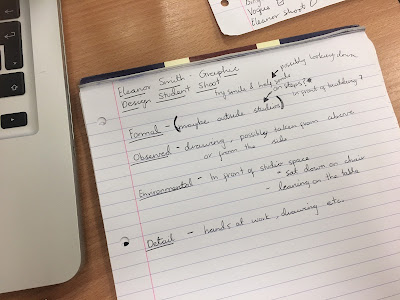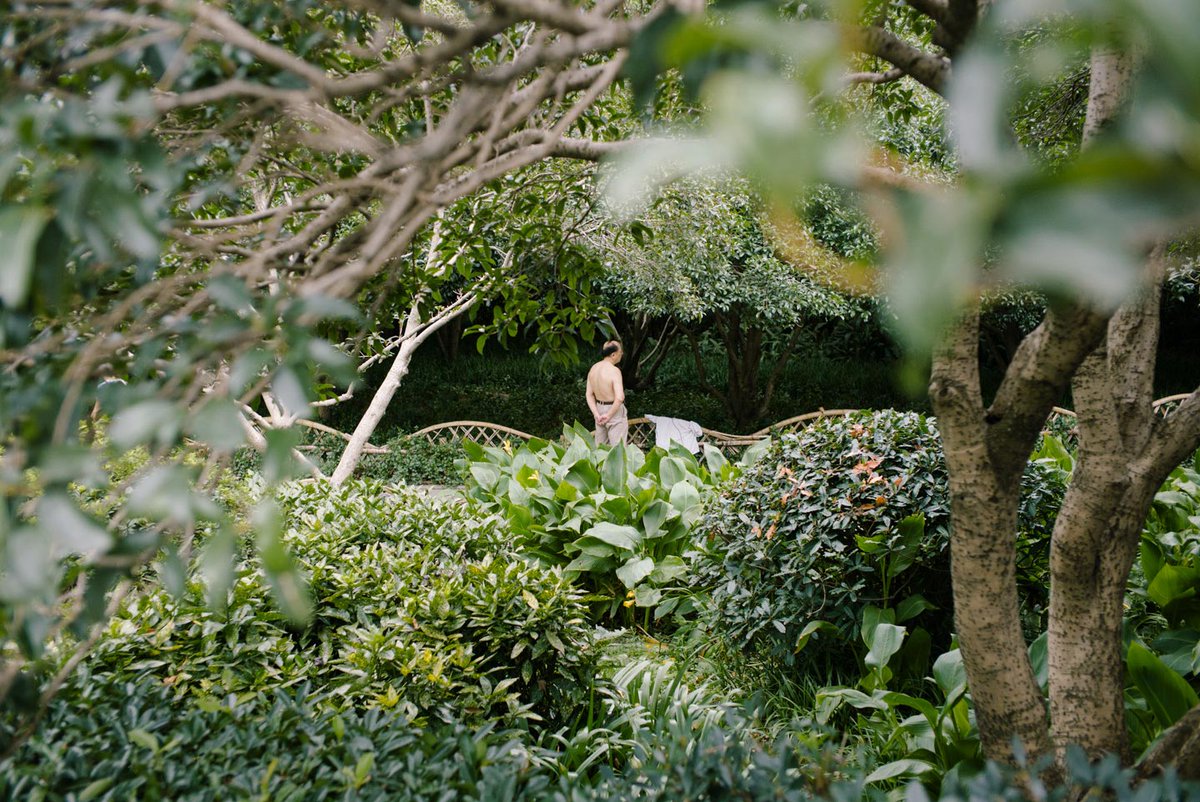After a talk from British Vogue Picture Editor Mike Trow last week I decided to read an article that he mentioned, that really got me thinking about other ways I could be approaching this portraiture project. Since 2005 Mike Trow has been responsible for commissioning, production and art direction of most of the portraits, reportage and house shoots for British Vogue. He detailed his responsibilities in the talk which really revealed to me how much goes into these editorial shoots that Vogue commission themselves. The amount of location planning and production Trow described, which is talked through with a large team and the editor, gave real insight into how shoots are conducted for a magazine such as Vogue.
Trow also discussed how important mood boards are in editing photographs for print. Which made me think a lot more about how I could be utilising contact sheets more to deal with images in bulk rather going through my photographs one by one in Bridge.
An article called 'A Change of Heir', in the December 2016 issue of British Vogue was shown and discussed by Trow in his talk. The article made it apparent to me that Vogue isn't just about fashion and product photography, and that they also feature portraits of celebrities and figures that may be of interest to their audience. In looking through the photographs in this article, which were mostly taken by Tung Walsh, I found that despite being single portraits used of each person that they are really effective in creating a narrative of the person in them. They are incredibly well considered shots that are taken against backdrops relevant to that specific person's character and career.
In reference to this article Trow talked about what is necessary to create great portrait photographs, which I really want to apply to my own professional practice. First he said that you should find out what your subject likes and take an interest in them. Having a deeper understanding of what makes them who they are is key in making a compelling portrait representing their character. Which is something I have been aware of but never taken a proactive approach in when planning my photographs. Trow also said that consistency with a unique viewpoint is important in your photographs, as having a distinct style is what will define your work and also make you a more appealing investment for brands. As they can get a sense of what kind of images you will produce for them.
As I am to create a set of four images to represent each of my subjects I really want to make an effort to plan how I can best represent who these people are in my photographs. In trying to achieve a formal, observed and environmental portrait as well as a detail shot, I want to achieve consistency in my images and form a narrative if possible of different parts of my subject's personality and interests.













































